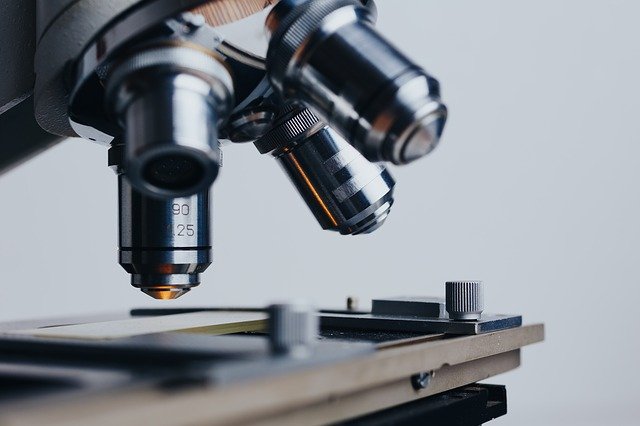The James Webb Space Telescope and the Hubble Space Telescope observe the universe in different wavelengths, and combining their data has given astronomers a detailed look at the interstellar dust in a pair of galaxies
An elliptical galaxy (left) and a spiral galaxy (right) seen by JWST and Hubble
NASA, ESA, CSA, Rogier Windhorst (ASU), William Keel (University of Alabama), Stuart Wyithe (University of Melbourne), JWST PEARLS Team
Astronomers have combined data from the James Webb Space Telescope (JWST) and the Hubble Space Telescope to create a stunning image of a pair of galaxies about 700 million light years away. Together, these two powerful telescopes – the most powerful we have, in fact – have allowed us to trace the interstellar dust winding its way through the two galaxies.
The two telescopes observe using different wavelengths of light – JWST in infrared and Hubble in visible and ultraviolet. Combining their data is allowing astronomers to get a more complete idea of the processes within the galaxies. While we could see this galaxy pair, called VV191, with Hubble alone, the addition of JWST data brings the details into stark relief, particularly the clouds of dust streaming out beyond the spiral arms of the galaxy on the right.
“Webb’s near-infrared data also show us the galaxy’s longer, extremely dusty spiral arms in far more detail, giving the arms an appearance of overlapping with the central bulge of the bright white elliptical galaxy on the left,” said Rogier Windhorst at Arizona State University in a NASA blog post. “Although the two foreground galaxies are relatively close astronomically speaking, they are not actively interacting.”
Advertisement
Dust in galaxies is key to the formation of new stars and planets, so tracing its presence may help us understand how and where those objects form. Pinning down where the dust is now can also help reveal the history of a galaxy.
While the two foreground galaxies are attention-grabbing, they are not the only interesting part of this image. Near the heart of the elliptical galaxy, there are two faint red arcs. These are both light from the same, even more distant galaxy located behind this pair, stretched by the gravity of the closer one in a process called gravitational lensing.
“These images of the lensed galaxy are so faint and so red that they went unrecognized in Hubble data, but are unmistakable in Webb’s near-infrared image,” said Windhorst. There are also many distant galaxies in the background of this picture – as there are in almost every JWST image – that have never been seen before.
Reference: arxiv.org/abs/2208.14475
Sign up to our free Launchpad newsletter for a voyage across the galaxy and beyond, every Friday
More on these topics:

